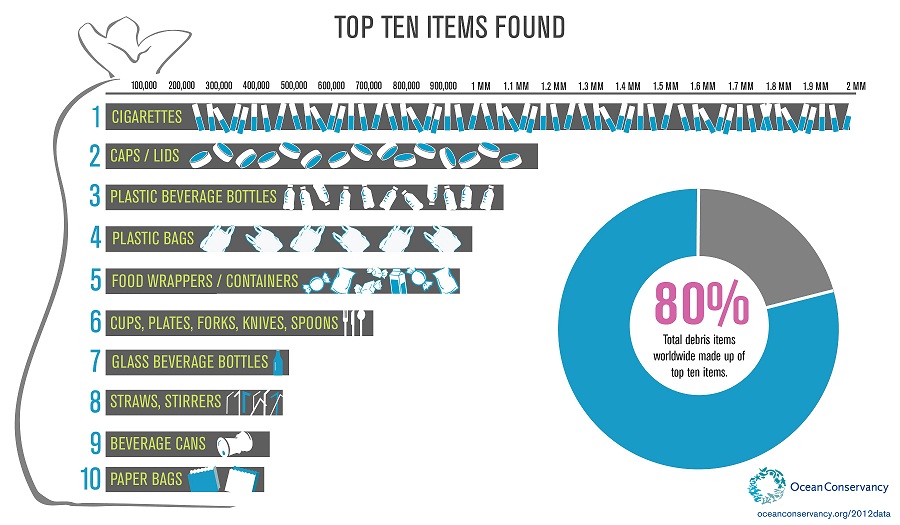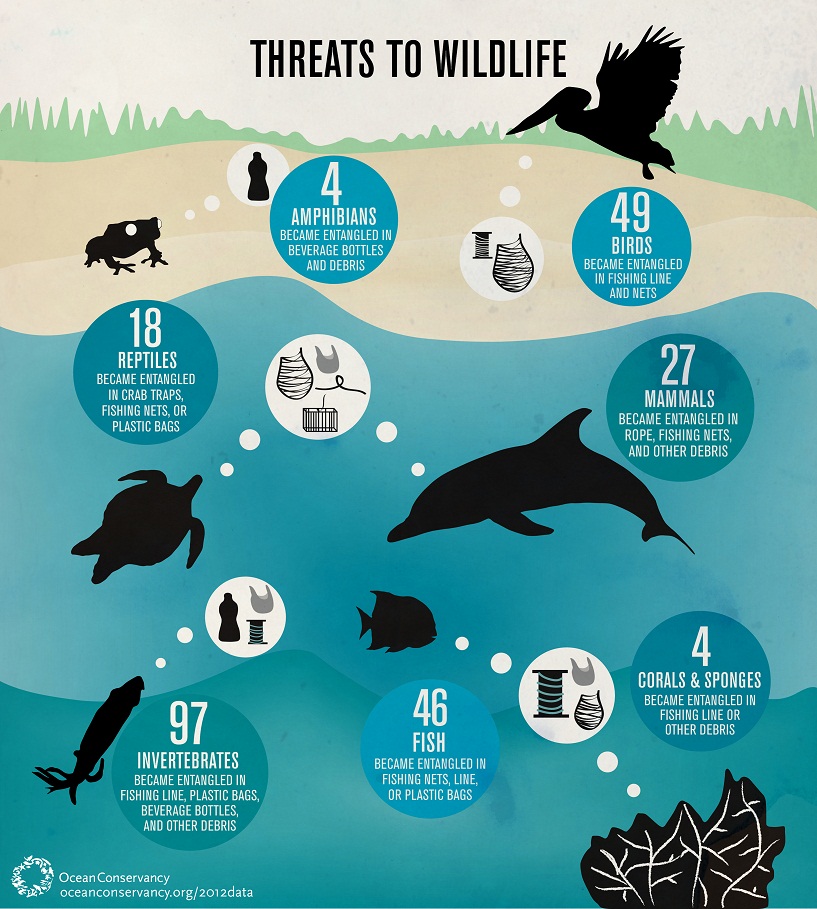
A year ago, a massive earthquake hit Japan, causing a tsunami that devastated the island nation and sent shock waves around the world. And while the human toll of that tragic event is still being felt, we know very little about what has become of the millions of tons of ocean debris it generated.
The debris items, which include homes, furniture and fishing vessels, have caused destruction along Japan's shores and threaten ocean wildlife and other coastal regions as they wash out to sea. While it's impossible to know how much of it is still afloat, has sunk or degraded, the impact of the tsunami debris on the ocean's health is potentially huge.
NOAA is leading efforts to assess the debris, and Ocean Conservancy is partnering with them to help educate the public. We're also sending our marine debris specialist, Nicholas Mallos, on a tsunami debris research expedition traveling from Tokyo to Maui in June.
It's disheartening to think about all of the tsunami debris that may be out in the Pacific Ocean right now, but keep in mind that it was set afloat by an unavoidable natural disaster. The truth is that a tsunami's worth of human-generated trash hits our shores every year -- and that debris most certainly is preventable.

A global snapshot of ocean trash
How do we know how much trash is out there? For more than 26 years, Ocean Conservancy has been mobilizing the world's largest annual volunteer effort to clean it up. And every piece of trash that's collected is tallied on a detailed data card, creating a global snapshot of our ocean trash problem.
Our annual International Coastal Cleanup event in September draws hundreds of thousands of volunteers to waterways and shorelines all over the world. By examining all of the data they've collected, we can learn more each year about what we're dumping in the ocean.
Everyday items trash our beautiful coastlines
Our annual list of the top ten items found consistently features items from our everyday lives. The list includes cigarettes, utensils, beverage containers -- things that belong in people's homes, not in the ocean. But because trash travels so easily via wind, storm drains, streams and rivers, the ocean is truly the end of the line.
During our 26th annual Cleanup last year, volunteers found enough light bulbs to replace every light on the Eiffel Tower. They found enough food packaging to get takeout for breakfast, lunch and dinner every day for the next 858 years. And they found enough clothing items to outfit every audience member expected at the London 2012 Summer Olympics Opening Ceremony.
You name it, and our volunteers have found it on the beach: toilet seats, washing machines, couches and, of course, the proverbial kitchen sink. This year someone even found a floating 100-pound safe. But no matter what that safe contained, I can tell you this trash is no treasure.
Imagine what it might cost to haul away a 100-pound piece of debris like that -- and then consider that during our 2011 Cleanup, volunteers collected more than 9 million pounds of trash. When it comes to cleanup costs for trash in our ocean and waterways, we are essentially throwing money away.

We can all be part of the solution
But there's one solution that will most certainly save us money while continuing to provide us with valuable ocean resources including food, jobs and recreational opportunities: keeping trash from reaching the ocean in the first place.
We can all be part of the solution, and the biggest impact we can have involves the choices each of us make every day. Do your part by choosing more reusable items, and by properly disposing of your own trash, no matter how far away the ocean may seem.
Ocean Conservancy is also working to engage leaders in industry, science and government to develop innovative solutions that help solve this problem at its source. From product design to trash disposal, we all have a role to play in keeping our ocean clean and free of debris.
And of course, until our vision of Trash Free Seas® is realized, I invite you to join us in cleaning up trash along the waterway or coastline nearest you. Sign up for this year's International Coastal Cleanup on Sept. 15 or organize a cleanup of your own any day of the year.